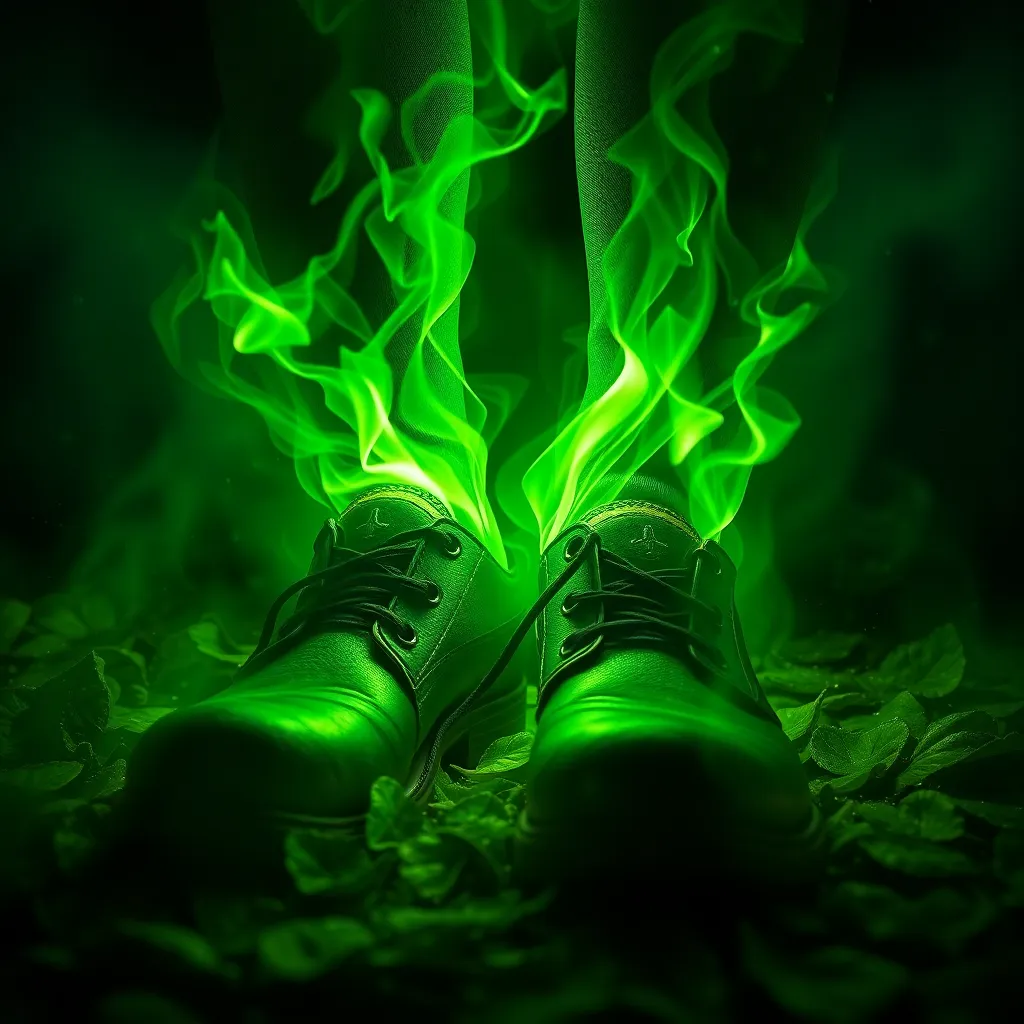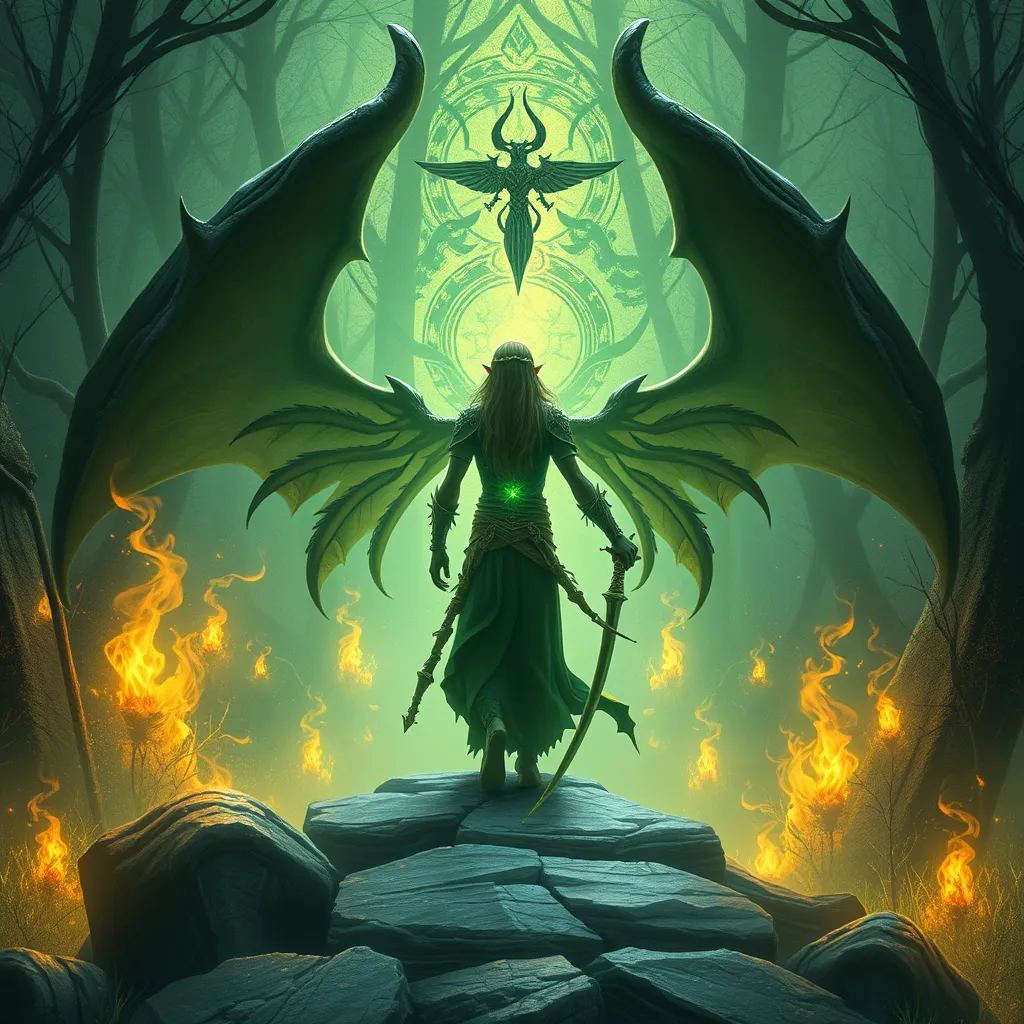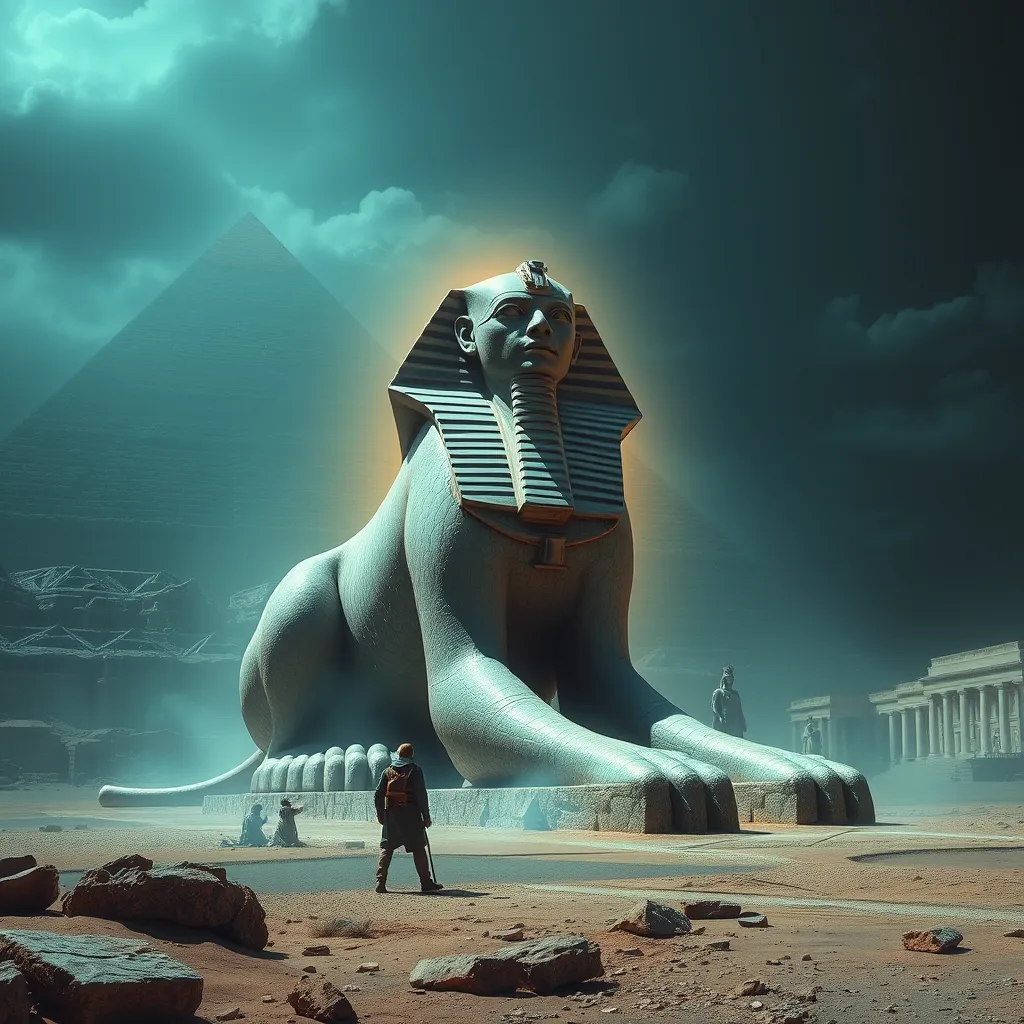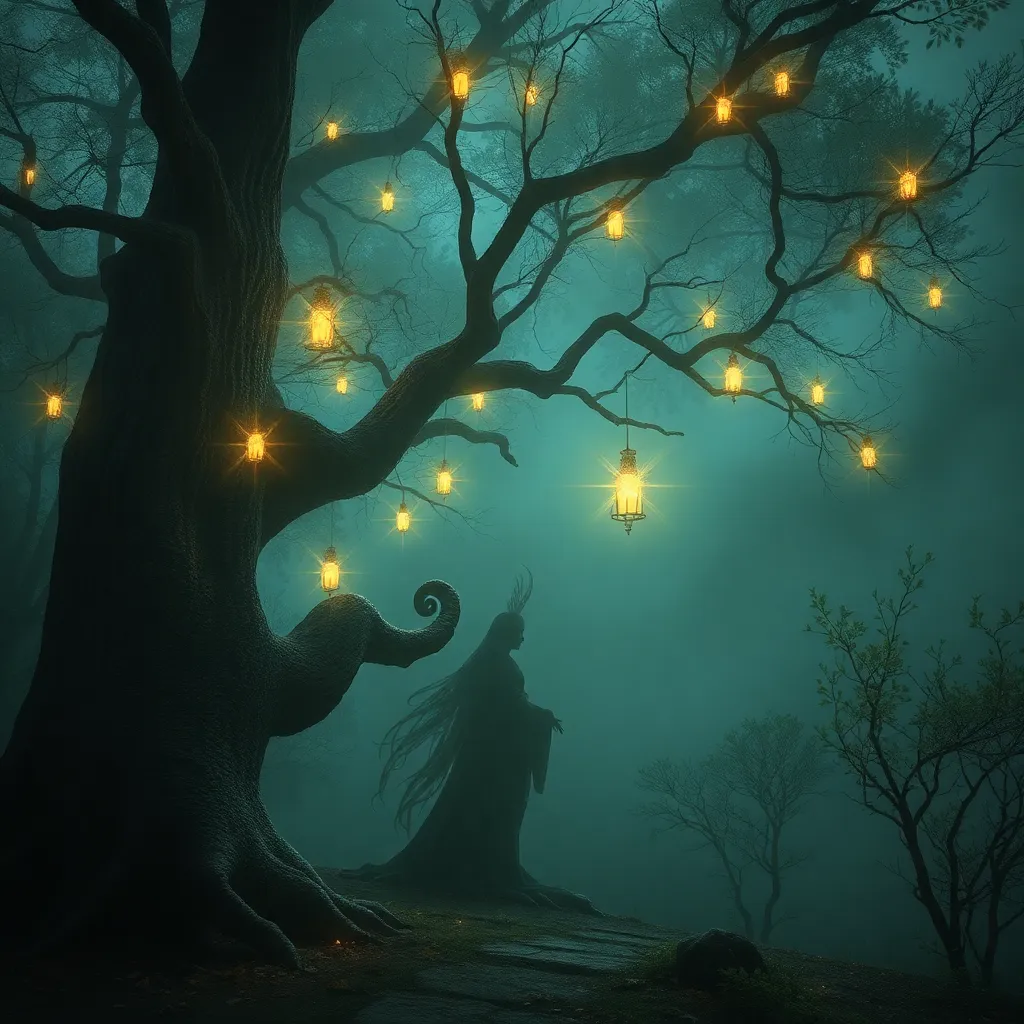The Leprechaun’s Shoes: A History of Irish Folklore and the Power of Storytelling
I. Introduction
The leprechaun, a small, mischievous fairy from Irish folklore, is an iconic figure representing both the whimsy and depth of Irish cultural heritage. Traditionally depicted as a bearded man wearing a green coat and buckled shoes, leprechauns are known for their love of mischief and their hidden pots of gold. They serve as symbols of luck, magic, and the complex relationship between humanity and the supernatural.
Storytelling is a vital part of Irish culture, serving as a means to preserve history, share values, and connect generations. Through tales of leprechauns and other mythical creatures, the rich tapestry of Irish folklore is woven into the everyday lives of its people. This article aims to explore the history of leprechaun stories, their cultural significance, and the enduring power of storytelling in shaping Irish identity.
II. The Origins of the Leprechaun Myth
The origins of the leprechaun myth can be traced back to ancient Irish mythology. The word “leprechaun” is believed to derive from the Old Irish term “luchorpán,” meaning “little body.” Early references to leprechauns appear in texts from the 8th century, where they were depicted as solitary figures tending to their pots of gold, often hidden at the end of a rainbow.
Over the centuries, the character of the leprechaun evolved, influenced by changing social and cultural contexts. Initially portrayed as more serious and connected to the fairy realm, leprechauns gradually took on a more playful and trickster persona by the 19th century. This evolution aligns with a broader shift in storytelling, where the focus moved from the supernatural to the humorous and approachable.
Leprechauns also have roots in ancient Celtic beliefs, reflecting the complex interplay between human experiences and the mystical world. They embody themes of luck, wealth, and the challenges of life, blending the earthly with the ethereal.
III. The Symbolism of the Leprechaun’s Shoes
The leprechaun’s shoes are not just a whimsical accessory; they carry significant cultural symbolism. Traditionally, these shoes are depicted as shiny and well-crafted, often adorned with buckles. They represent the leprechaun’s connection to craftsmanship, a valued skill in Irish culture.
In folklore, the shoes are also seen as a symbol of luck and fortune. The belief is that if one can catch a leprechaun, they might be granted three wishes or find a pot of gold. The shoes serve as a reminder of the elusive nature of luck and the importance of perseverance in pursuing one’s dreams.
The magical elements associated with the leprechaun’s shoes highlight the enchanting aspects of Irish folklore, where everyday objects can possess extraordinary significance.
IV. Storytelling Traditions in Ireland
Oral tradition is a cornerstone of Irish storytelling, allowing folklore to be shared and preserved through generations. Storytellers, known as “seanchai,” play an essential role in this tradition, captivating audiences with tales that range from the humorous to the profound.
- Key Figures: Historical figures like Patrick Pearse and Lady Gregory have contributed significantly to the revival of Irish folklore and storytelling.
- Contemporary Practitioners: Modern storytellers continue to breathe life into traditional tales, often blending them with contemporary themes.
In contemporary Ireland, storytelling remains an integral part of cultural life, with festivals, workshops, and community gatherings dedicated to the art of oral narrative. The practice evolves, yet the core values of connection, identity, and heritage remain steadfast.
V. The Role of Folktales in Irish Identity
Folktales, including those of leprechauns, serve as reflections of Irish culture and values. They convey essential truths about human nature, morality, and the complexities of life. Through humor and wit, these stories provide insights into the Irish spirit, resilience, and the ability to find joy even in adversity.
The impact of leprechaun stories on national identity is profound. They contribute to a shared cultural narrative that fosters pride and unity among the Irish people. The tales evoke a sense of belonging and continuity, linking individuals to their ancestors and the rich tapestry of their heritage.
Moreover, storytelling nurtures community connections, bringing people together to share in the laughter, wisdom, and lessons embedded in these tales. In this way, leprechaun stories not only entertain but also reinforce social bonds and cultural continuity.
VI. The Global Influence of Irish Folklore
The allure of leprechaun stories has transcended the borders of Ireland, spreading to various cultures around the world. Irish immigrants carried these tales with them, embedding them in the fabric of their new communities.
- Adaptations: Leprechauns have been reinterpreted in literature, film, and art, often taking on new forms while retaining their core characteristics.
- Global Symbol: The leprechaun has become a symbol of Irish heritage, celebrated in festivals and parades worldwide, especially during St. Patrick’s Day.
These adaptations highlight the flexibility of folklore, demonstrating how traditional tales can evolve while retaining their cultural significance.
VII. Modern Interpretations of Leprechaun Tales
In contemporary literature and art, leprechauns are often portrayed with a mix of tradition and innovation. Authors and artists explore new dimensions of the leprechaun myth, often challenging stereotypes or reimagining their roles within modern narratives.
Technology and social media have revolutionized storytelling, allowing tales of leprechauns to reach broader audiences. Platforms like podcasts and YouTube have become venues for sharing folklore, enabling diverse interpretations and interactive storytelling experiences.
This balance between tradition and innovation is essential in keeping folklore alive. By embracing new mediums while honoring the roots of these stories, contemporary storytellers ensure that the legacy of leprechauns and Irish folklore continues to thrive.
VIII. Conclusion
The significance of leprechaun stories in Irish culture is profound, reflecting the values, beliefs, and humor of the Irish people. These tales are not just whimsical narratives; they encapsulate the essence of storytelling as a means of cultural preservation and identity formation.
The enduring power of storytelling shapes individual and collective identities, connecting past, present, and future generations. As we continue to share and adapt these tales, we honor the rich tradition of Irish folklore, ensuring that the magic of leprechauns and the art of storytelling endure for years to come.



